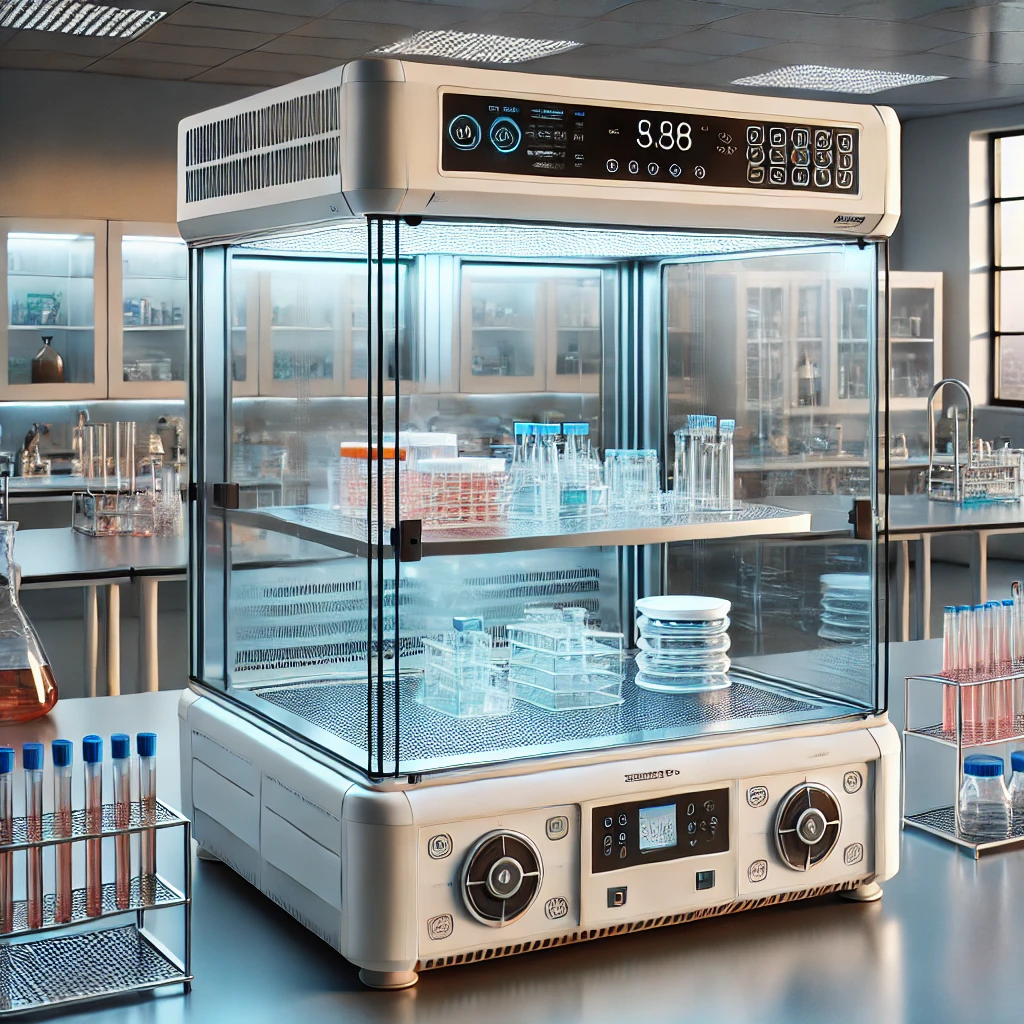1.0 PURPOSE:
2.0 SCOPE:
3.0 DEFINITIONS:

4.0 RESPONSIBILITY:
4.1 Analyst / Microbiologist: The Analyst/microbiologist is responsible for:
4.1.1 Execution of the procedure specified in this document.
4.1.2 Usage, calibration and maintenance of the Biosafety cabinet, usage procedure as specified in this document.
4.2 Executive /designee: Executive or designee is responsible for:
4.2.1 Ensuring that, the procedure followed for usage, calibration and maintenance of Biosafety cabinet.
4.2.2 Initiation for the investigation and necessary corrective and preventive action in case of failure or any breakdown of the equipment as per concerned procedure.
4.3 Head of Quality Control: The Head of Quality control oversees and ensures:
4.3.1 Review of the results obtained during usage, Calibration of the equipment.
4.3.2 Ensuring that, the procedure followed for usage, Calibration and maintenance of the Biosafety cabinet followed as specified in this document.
4.4 Quality assurance: The QA is responsible for:
4.4.1 Ensuring that, the procedure followed for usage, calibration and maintenance of the Biosafety cabinet.
5.0 PROCEDURE:
5.1 Cleaning and preliminary check:
5.1.1 Clean the internal surface of the Biosafety cabinet followed by external surface using the lint free duster dipped in the routine sterile disinfectant solution.
5.1.2 Switch ON the UV light and air flow for at least 30 minutes after cleaning on each working day. Record the UV burning hours in Annexure-I.
5.1.3 Maintain the record of cleaning and the Differential pressure reading (daily twice) in the Annexure-I.
5.1.4 Ensure that the pressure gauge reading is zero when the air flow/blower is switched OFF and within the limit (limit 8 mm of WC to 18 mm of WC across the HEPA filter) when switched ON condition.
5.1.5 Ensure that Biosafety cabinet is switched ’ON’ half an hour before starting work.
5.1.6 Check the burning hours daily and note down the burning hours in Annexure-I and change the UV light after every 6000 burning hours or as and when maintenance/ repair required.
5.2 Basic operation:
5.2.1 Connect the Biosafety cabinet to the power supply socket. Switch ON the Biosafety cabinet by pressing ON/OFF switch on the panel.
5.2.2 Switch ON/OFF the Fluorescent light and UV light by pressing ON/OFF button on panel respectively, whenever required.
5.2.3 Before starting the work, clean the surface of the table and side glass panels with a clean sterile non-shedding duster soaked in routine sterile disinfectant solution.
5.2.4 Carry out necessary operations ensuring that all operations are carried out without any disruption of filtered column of air.
5.2.5 Open the front glass door/side door to keep and to remove the materials from the cabinet.
5.2.6 In case of power failure, biosafety cabinet failure or pressure gauge failure, immediately stop the activity, close the test containers/ polythene bags and inform to the Head/designee/Head Quality Control for taking necessary corrective action.
5.2.7 After completion of work, clean the workbenches with a clean sterile non-shedding duster soaked in routine disinfectant solution then switch OFF the station.
5.2.8 In case of any spillage of sample/media etc. deactivate by using disinfectant or deactivating agent and then decontaminate by autoclaving.
5.2.9 Cleaning of pre-filters, particle count, filter integrity, air velocity and smoke test is to be carried out as per QA/Engineering SOP.
5.2.10 All calibrations to be done as per the Engineering SOP.
5.3 Routine Qualification:
5.3.1 Routine qualification shall be performed once in six months for microbial monitoring.
5.3.2 Air velocity and particulate matter count performed as per the qualification protocol.
6.0 ABBREVIATIONS:
SOP : Standard Operating Procedure.
QA : Quality Assurance.
UV : Ultra violet
No. : Number
BSC : Bio safety cabinet.
7.0 REFERENCES:
8.0 LIST OF ANNEXURES:
Annexure-I: Record for Cleaning, Differential Pressure and UV Reading of Biosafety Cabinet.

